| Columns Retired Columns & Blogs |
Linaeum Model 10 & Center-Channel loudspeakers Measurements
Sidebar 2: Measurements
Both Linaeum speakers have similar average B-weighted sensitivities at around 86dB/2.83V/m, While the Model 10's impedance (fig.1) doesn't drop below 6 ohms over most of the audio band, the Linaeum Center Speaker has an impedance of 4 ohms or below through the music and vocal "power region" in the lower midrange (fig.2), meaning that a receiver or amplifier rated into 4 ohm loads should be used.
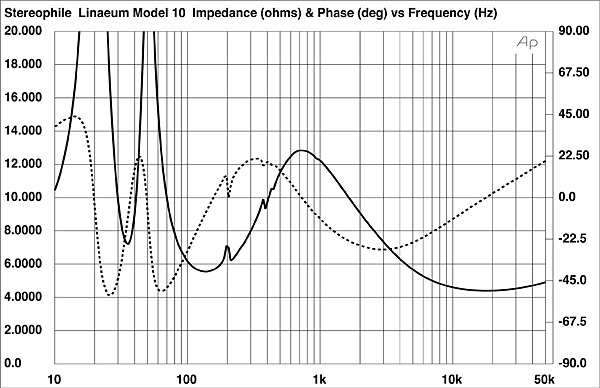
Fig.1 Linaeum Model 10, electrical impedancwe (solid) and phase (dashed) (2 ohms/vertical div.).
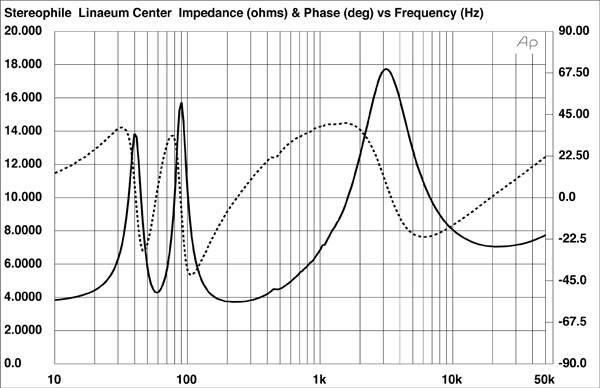
Fig.2 Linaeum Center Channel, electrical impedancwe (solid) and phase (dashed) (2 ohms/vertical div.).
The impedance plots of both speakers suffered from noticeable glitches in the midrange; this normally indicates some kind of cabinet resonance problems. The Center speaker's main panel resonance, confirmed by examining the cabinet wall behavior with an accelerometer, lay at 500Hz (fig.3), which might be high enough in frequency to get out of the way of the music. (The musical notes of the scale are sufficiently spaced apart above Middle C at 256Hz that a cabinet resonance might not be excited at all despite its apparent severity on paper.)
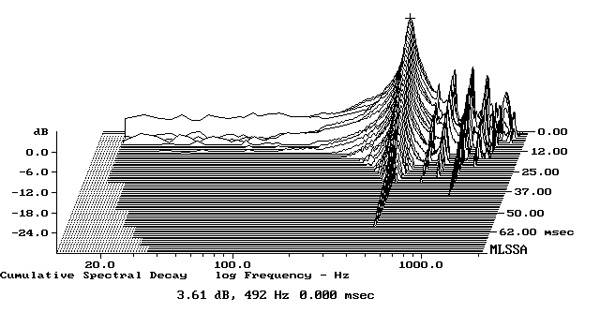
Fig.3 Linaeum Center Channel, cumulative spectral-decay plot of accelerometer output fastened to cabinet side wall. (Measurement bandwidth, 2kHz.)
The Model 10 was more paradoxical in that, like JGH, I found that the cabinet sounded reasonably "dead" with a simple knuckle-rap test. Yet the accelerometer revealed that something severe was happening at 200Hz, 500Hz, and 900Hz, the frequencies of the impedance anomalies (fig.4). Further investigation revealed that there appeared to be some kind of internal air-space resonance at each of these frequencies—the internal volume ot the cabinet was acting like a tuned organ pipe in conjunction with the port Certainly I found these to be audible as a slight lower midrange "hoot" when I was measuring the Model 10; I don't know why JGH was not bothered by them. They can also be sesen in the measurements of Model 10's drive-units and port (fig.5).
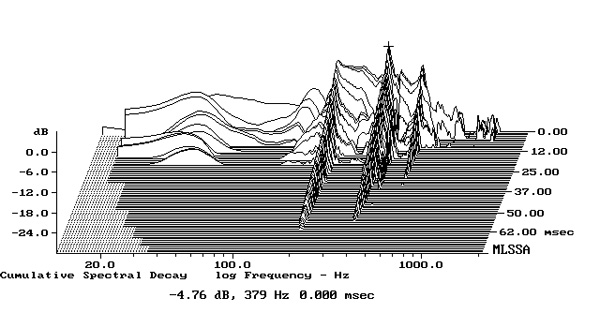
Fig.4 Linaeum Model 10, cumulative spectral-decay plot of accelerometer output fastened to cabinet back panel. (Measurement bandwidth, 2kHz.)
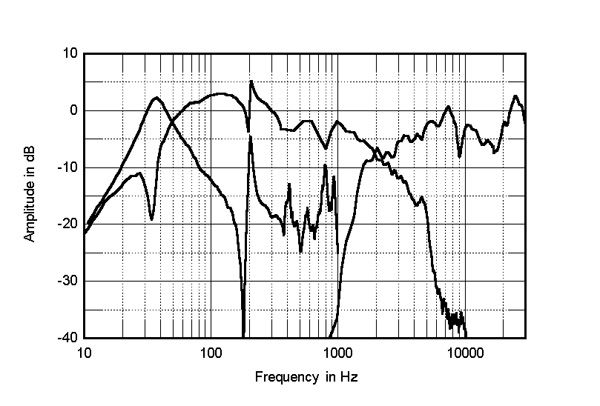
Fig.5 Linaeum Model 10, acoustic crossover response on tweeter axis at 50", with the nearfield woofer and port responses plotted below 300Hz and 1kHz.
Moving on to the good news, the Model 10 (fig.6) and Linaeum Center (fig.7) have similarly flat-balanced on-axis responses, which explains the excellent blend Gordon noted. The Center speaker's response is a little more "swaybacked" than the Model 10's. but to explain JGH's feeling that the Linaeums had a laid-back balance, we need to look at the speakers' dispersion patterns.
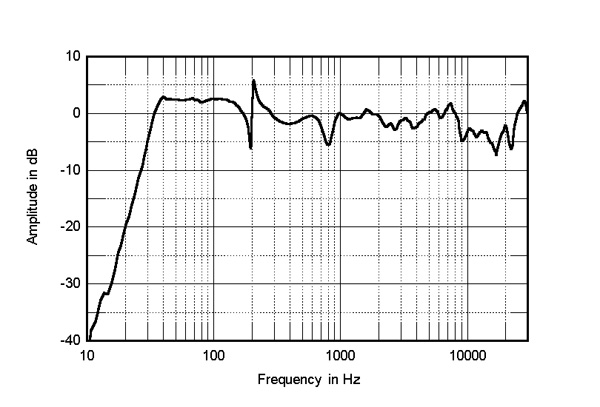
Fig.6 Linaeum Model 10, anechoic response on tweeter axis at 50", averaged across 30° horizontal window and corrected for microphone response, with the complex sum of the nearfield woofer and port responses plotted below 300Hz.
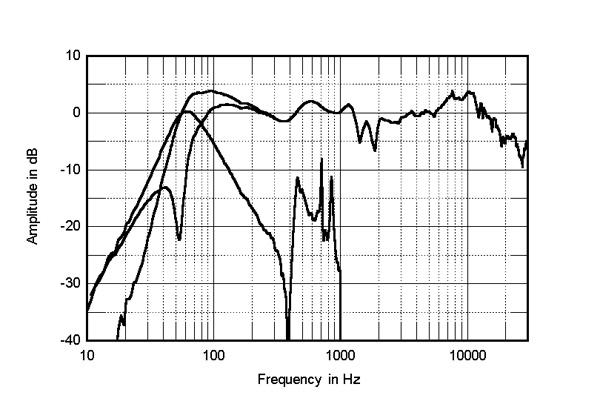
Fig.7 Linaeum Center Channel, anechoic response on tweeter axis at 50", averaged across 30° horizontal window and corrected for microphone response, with the nearfield woofer and responses and their complex sum plotted below 300Hz, 1kHz, and 300Hz.
Vertically, both speakers are not that critical regarding listening axis (fig.8). Laterally, however, the Model 10's big woofer is beaming significantly at the top of its passband (fig.9), meaning that the in-room balance will lack energy in the presence region. The unique design of the Linaeum dipole tweeter means that the best proportion of top-octave energy will be found somewhat to the sides; ie, with the speaker not toed-in to the listening position. I note that this is how JGH auditioned the system for movie soundtracks.
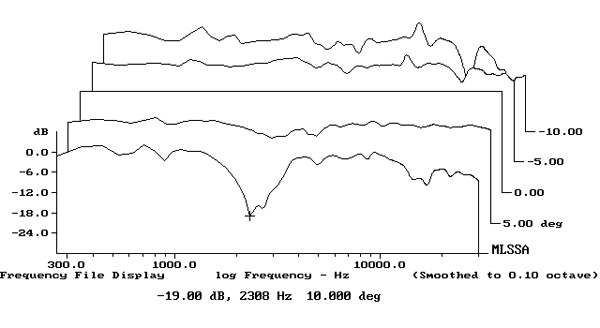
Fig.8 Linaeum Model 10, vertical response family at 50", from back to front: differences in response 10°–5° above HF axis, reference response, differences in response 5°–10° below HF axis.
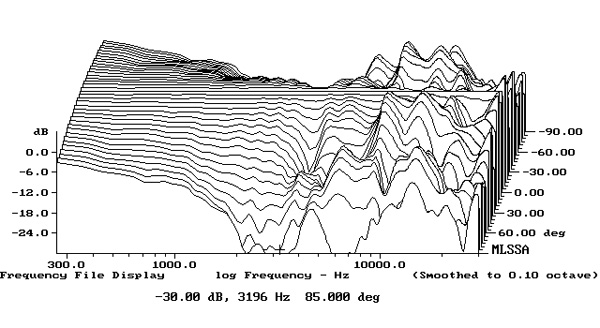
Fig.9 Linaeum Model 10, lateral response family at 50", normalized to response on tweeter axis, from back to front: differences in response 90°–5° off-axis, reference response, differences in response 5°–90° off-axis.
The Model 10's step response (fig.10) indicates that both drive-units are connected in positive acoustic polarity. The 10's waterfall plot (fig.11) is relatively clean, though the Center's (fig.12) exhibits some delayed energy at the top of the twin woofers' passband, which might add a little nasality.
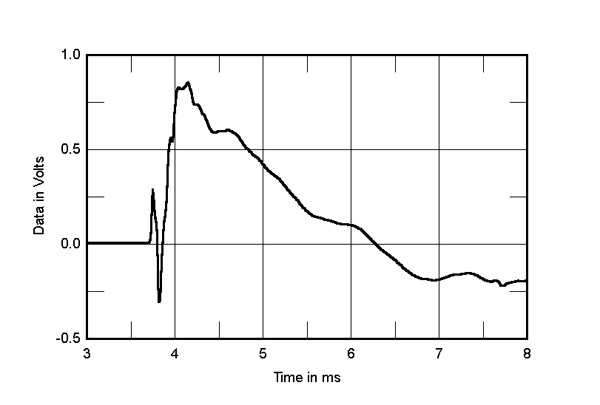
Fig.10 Linaeum Model 10, step response on tweeter axis at 50" (5ms time window, 30kHz bandwidth).
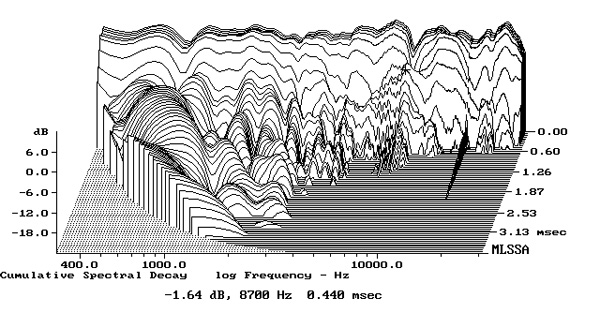
Fig.11 Linaeum Model 10, cumulative spectral-decay plot at 50" (0.15ms risetime).
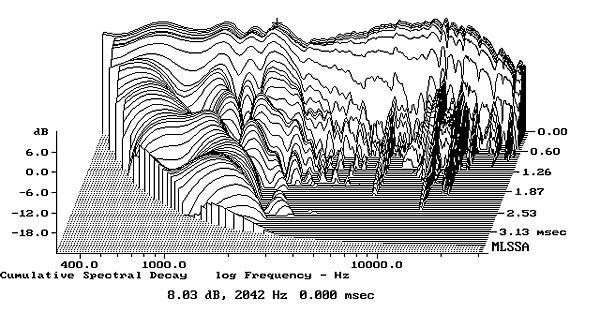
Fig.12 Linaeum Center Channel, cumulative spectral-decay plot at 50" (0.15ms risetime).
Finally, I found the Model 10 to have a big, generous bass balance, while the Center speaker also extended quite low in frequency, to the 60Hz region. Overall, I felt the flat on-axis response, good dynamic range, and extended generous low frequencies of the Linaeum speakers were let down by cabinet problems and somewhat suboptimal horizontal radiation patterns. I feel a personal audition will be essential to see whether you, like JGH, enjoy what these speaker do right sufficiently to overlook what for many listeners will be minor problems.—John Atkinson
- Log in or register to post comments




































